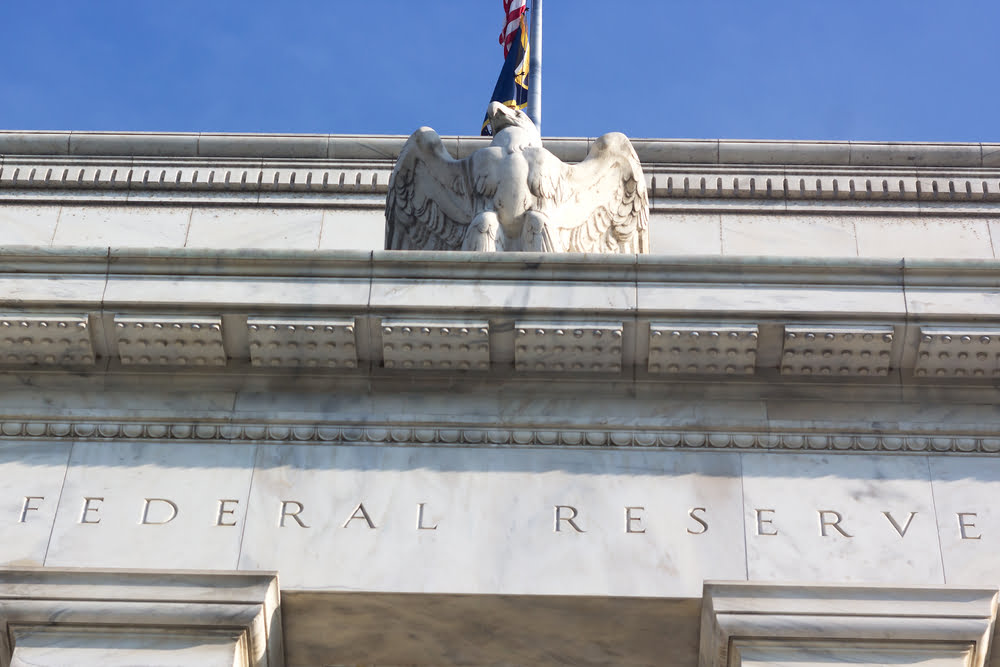Major Bitcoin takeaways
- The Bitcoin sell-off accelerated ahead of the US session as 10-year US Treasury bond yields hit a new 13-month high.
- The recent decline in cryptocurrency occurred before the Federal Open Market Committee’s two-day close.
- Economists believe Fed Chairman Jerome Powell would maintain an easy money policy and ignore intervention in rising long-term government bond yields.
Bitcoin extended its weekly decline on Wednesday as traders’ focus shifted to soaring long-term US Treasury bond yields.
The benchmark cryptocurrency fell 3.52 percent in the session and hit 54,992 around noon in London. Traders poured out of the Bitcoin market when Cardano, one of its crypto rivals, offered better intraday prospects. Their sell-off also accelerated as the yield on the 10-year US Treasury bill rose to its highest level since February 2020, rising 0.04 percentage points to 1.67 percent in early trading on Wall Street.
Fed Meet
At the center of soaring bond yields were expectations that the Federal Reserve would avoid expanding its ongoing asset purchase program to bitcoin as U.S. yields hit longer-term sovereign debt high ahead of the FOMC meeting in February 2020. US Federal Reserve officials will close their two-day meeting on Wednesday, after which their chairman Jerome Powell will ask questions at a post-meeting press conference.
Global markets pull back as investors wait for the Fed with 10-year US dollars hovering at ~ 1.63% and 10-year US break-evens at nearly 13-year highs. The Fed is likely to notice an improving economic outlook while stressing that it is too early to change its interest rate and bond buying plans. Gold $ 1735. #Bitcoin $ 55.8k pic.twitter.com/De5R0kph9X
– Holger Zschaepitz (@Schuldensuehner) March 17, 2021
The Wall Street Journal reported that the Federal Open Market Committee (FOMC) would keep its overnight money rates near zero until the US economy ensures maximum employment and sustained inflation above 2 percent.
The terms are less likely to achieve the Fed’s desired goals this year. Hence, the central bank must continue its policies, including a $ 120 billion monthly purchase of government debt and mortgage-backed securities.
Meanwhile, private economists believe the U.S. will create jobs again this year due to the prospect of an acceleration in the COVID-19 acceleration and Joe Biden’s $ 1.9 trillion stimulus package. A survey conducted by the WSJ shows that economists expect US GDP to grow 6 percent this year. If so, the Fed would likely curtail its easing policy.
Risks cloud over the Bitcoin market
Higher interest rates have struck Bitcoin lately. The cryptocurrency is down more than 21 percent in the week ending February 28 after rising 10-year bond yields. While the Fed is likely to ignore intervention, the confusing communications could lead to higher volatility in bonds, stocks, and even cryptocurrency markets.
“They didn’t specify exactly to what extent or for how long they were comfortable,” Silvia Dall’Angelo, senior economist at Federated Hermes, told FT. “From a market point of view, this brings uncertainty and volatility with it.”
A prolonged sell-off in the US bond market would keep the Bitcoin market vulnerable to wild fluctuations, especially since it has already risen nearly 1,500 percent since March 2020 and there is a risk of major bearish corrections. Meanwhile, corporate growth as an anti-inflation asset offsets the downside.
Tech-wise, Bitcoin holds its short-term support at the 20-day moving average (the green wave). A breakdown due to rising yields could cause the 50-day moving average to be below. It’s near $ 47,500 at this point.

